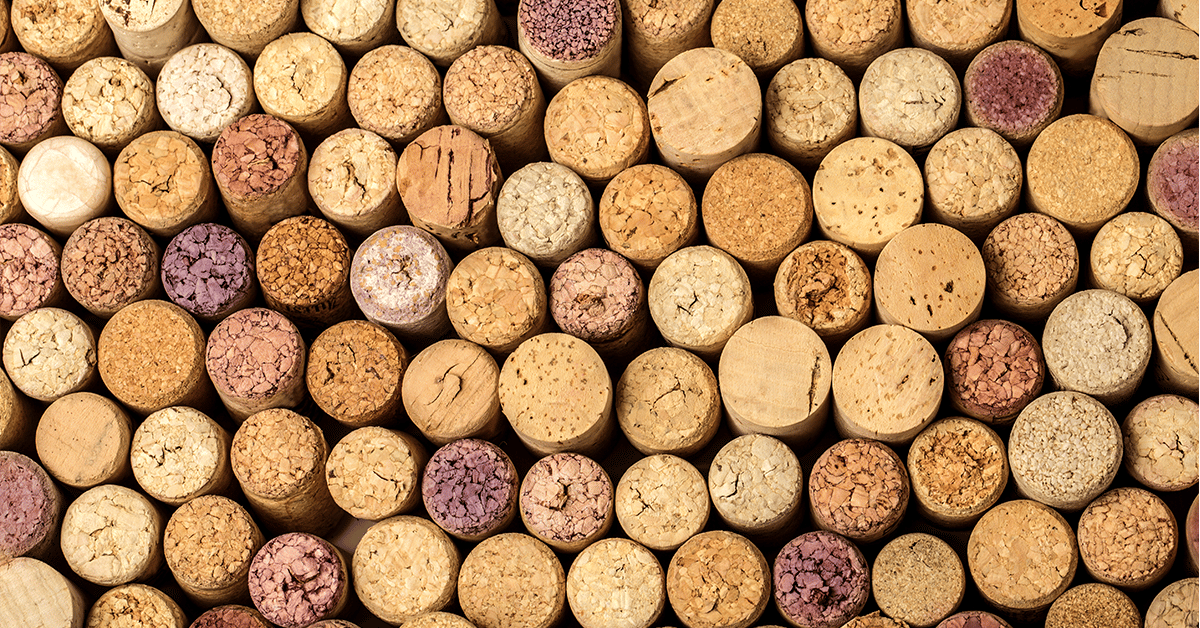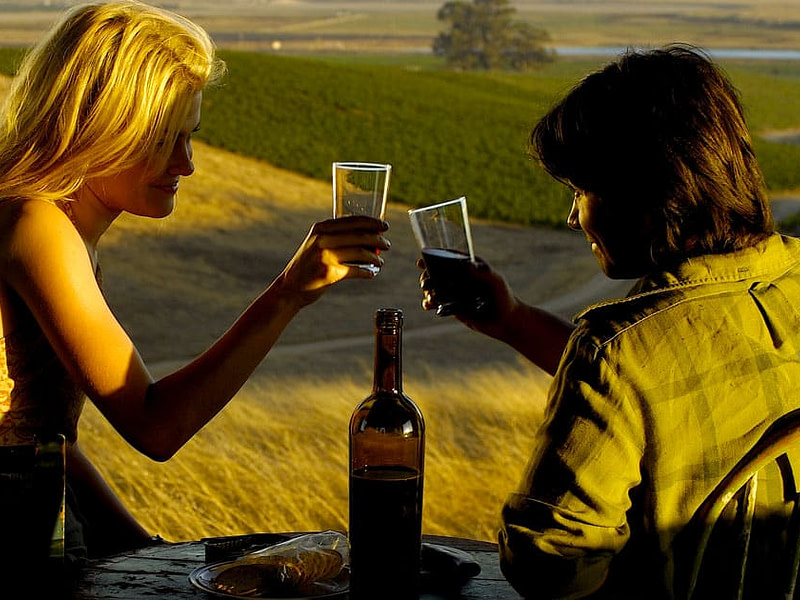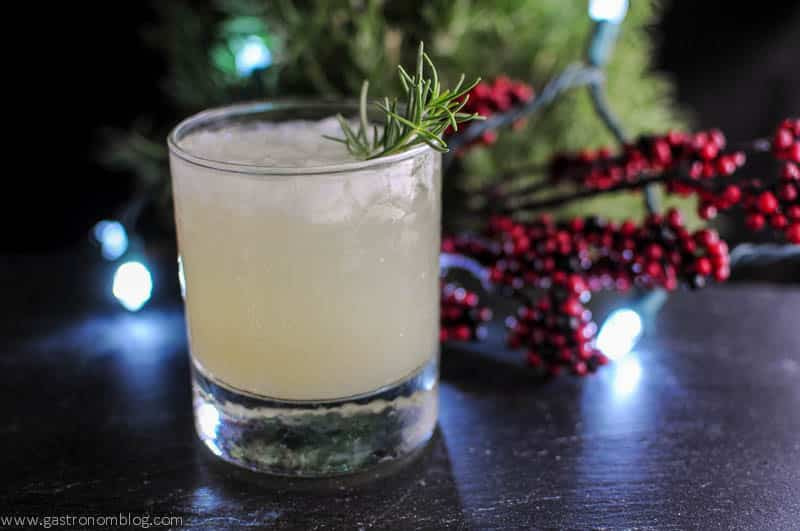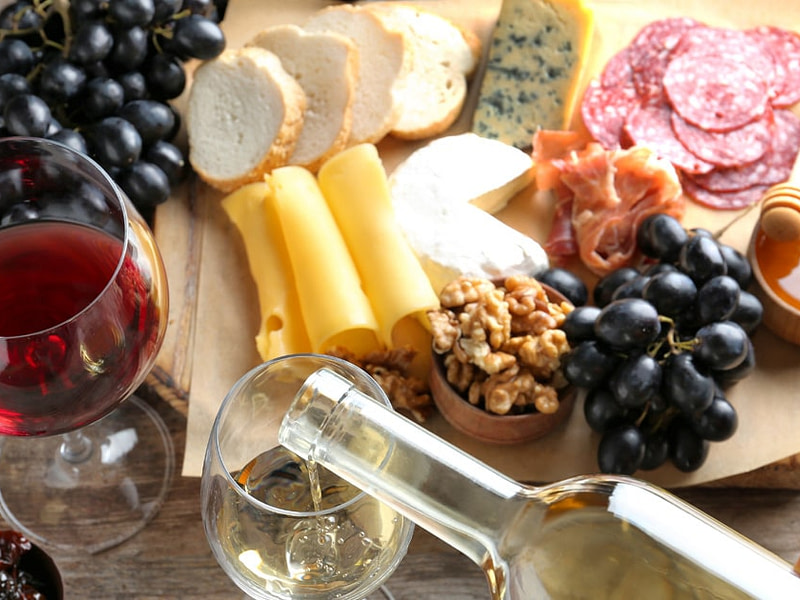
Bandol
Resource: The New York Times
Nest stop, Province.
No, not the sunny, pastel Provence with lavender in the air, anchovies on the plate and rosé in the glass. This is the Provence of Bandol, a structured, sometimes ferocious, age-worthy red wine that is the antithesis of ephemeral rosé.
Bandol is grown in small quantities in the limestone hills near the village of Bandol, east of Marseille and west of Toulon in France. The red wines must be at least 50 percent mourvèdre, with the remainder generally blended with grenache and cinsault, and occasionally syrah and carignan. The best producers will use considerably more mourvèdre than the minimum, and it is mourvèdre that can sometimes make the wine fiercely tannic when young, before it evolves into a thing of complex beauty.
Mourvèdre originated in Spain, where it is known as monastrell. When grown there in sunny Mediterranean appellations like Jumilla and Alicante, it rarely has the brooding character found in Bandol.
In the United States, where it was once a popular grape under the name mataro and has recently been revived primarily as mourvèdre, it is often an easy-drinking wine, although producers like Tablas Creek Vineyard and Dirty & Rowdy are making delicious versions.
With rugged wines like these, you need food that can tame the tannins. Roasted red meats like leg of lamb are naturals. Hearty stews like a cassoulet would be delicious. Smoked meat and duck in their myriad forms are also good matches.
Bandol makes excellent rosés, too, but Bandol rouge is better for sweater season than swimsuit.





